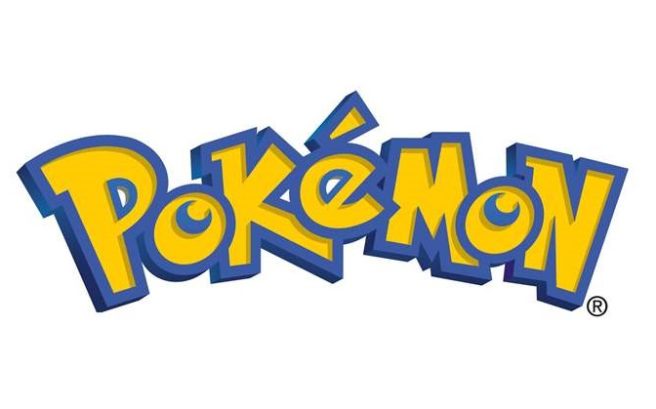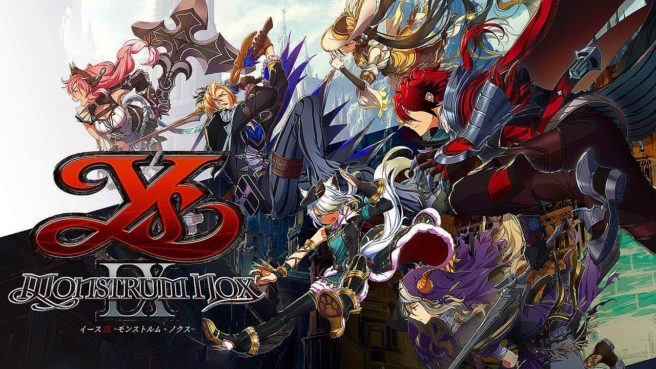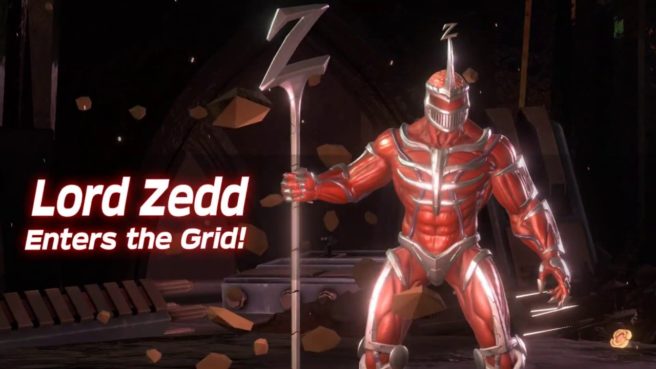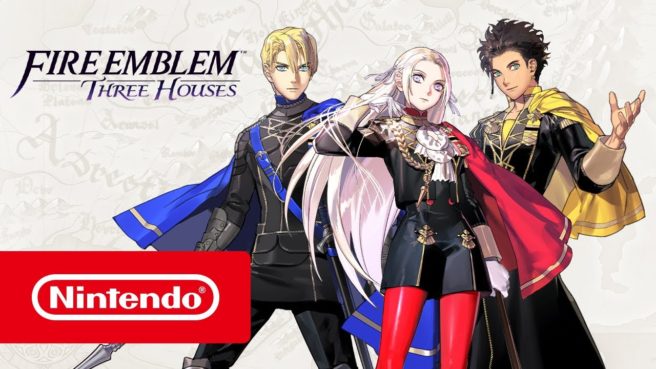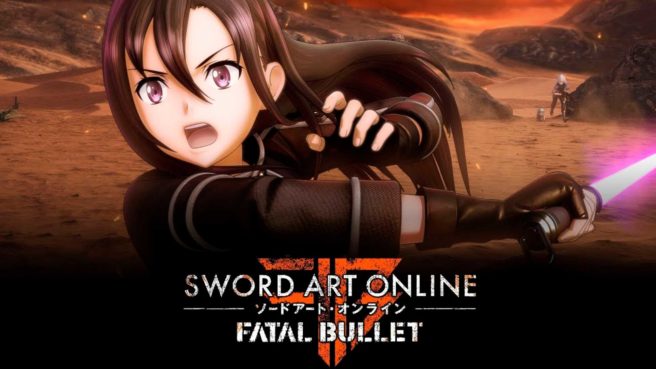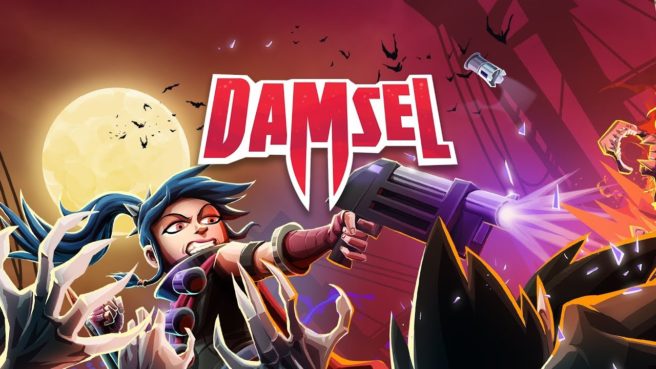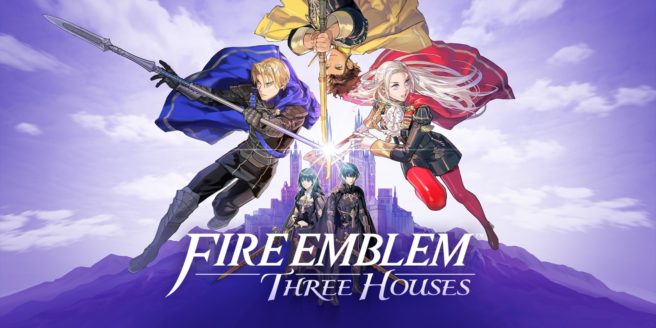The Pokemon Company generated $2.98 billion in retail revenue in 2018
Posted on 6 years ago by Brian(@NE_Brian) in General Nintendo, News | 0 comments
In License Global’s latest issue, the magazine has a report on merchandise sales for 2018. The Pokemon Company placed in the 23rd position having generated $2.98 billion.
License Global attributes a variety of aspects to Pokemon’s success, including the still-popular Pokemon GO and Pokemon: Let’s Go, Pikachu / Eevee. The Detective Pikachu movie, card game, anime, toys, and even fashion collaborations contributed as well.
Thanks to Timurs for the tip.
More: Pokemon
Falcom in talks with “multiple publishers” about possible Switch ports
Posted on 6 years ago by Brian(@NE_Brian) in News, Switch | 0 comments
Nihon Falcom president Toshihiro Kondo has previously stated that it would be difficult to bring its games to Switch due to a lack of experience with the system and having to focus on its fan base that lies with PlayStation platforms. However, other companies stepping in to port its games are very much a possibility. We did see an example of this when Nippon Ichi Software handled Ys VIII for Switch.
Although it’s unclear what to expect from Falcom going forward, Kondo did share an encouraging comment with DualShockers. When asked about the possibility of additional Switch ports, he said:
More: Falcom, interview, top, Toshihiro Kondo
Lots of Power Rangers: Battle for the Grid Lord Zedd footage
Posted on 6 years ago by Brian(@NE_Brian) in Switch, Videos | 0 comments
Developer nWay has posted a video that shows off a ton of footage from upcoming Power Rangers: Battle for the Grid DLC character Lord Zedd footage. Check it out below.
Fire Emblem: Three Houses datamine reveals early details about Lunatic Mode
Posted on 6 years ago by Brian(@NE_Brian) in News, Switch | 0 comments
Right around Fire Emblem: Three Houses’ launch, we learned that a new, even harder difficulty mode would be added to the game. The details surrounding it haven’t been officially shared, but thanks to the efforts of dataminer DeathChaos25, we have some earlier information.
Sword Art Online: Fatal Bullet Complete Edition footage
Posted on 6 years ago by Brian(@NE_Brian) in Switch, Videos | 0 comments
Bandai Namco released Sword Art Online: Fatal Bullet Complete Edition on Switch yesterday. For a look at some footage, check out the video below.
Fire Emblem Heroes kicks off Grand Hero Battle Revival – Kana: Dragon Spawn and more
Posted on 6 years ago by Brian(@NE_Brian) in Mobile, News | 0 comments
Fire Emblem Heroes has kicked off a few new events, including Grand Hero Battle Revival – Kana: Dragon Spawn. For two days only, the character is back for the fifth and final Grand Hero Battle Revival with some limited-time quests.
Heroes with Luna has also started as the ninth day’s summoning event. Fire Emblem Heroes is bringing back summoning focus events for 21 days straight.
Also, as is weekly tradition, Special Maps: Rival Domains has been updated. Players will earn a bonus for defeating foes with cavalry allies.
The Dark Crystal: Age of Resistance Tactics dev on how the game came to be, translating the look, more
Posted on 6 years ago by Brian(@NE_Brian) in News, Switch eShop | 0 comments
Nintendo has published a new interview with Dave Pottinger, the director of The Dark Crystal: Age of Resistance Tactics. Netflix had announced the Switch game back in June.
During the interview, Pottinger spoke about how the project came to be in the first place and what it’s been like translating the look of the movie / TV show. He also weighed in on some other topics like working with the creators.
Here’s the full interview:
Cooking Mama: Cookstar will apparently have a Vegetarian Mode and more
Posted on 6 years ago by Brian(@NE_Brian) in News, Switch | 0 comments
Cooking Mama: Cookstar was unearthed for Switch this past week thanks to a couple of classification filings. It seems that there was actually an announcement back in February, but no one noticed. Additionally, the game was known as “Cooking Mama: Coming Home to Mama” at the time.
Planet Digital Partners shared the news earlier this year, stating that Cooking Mama: Cookstar “will be the first game to integrate blockchain technology on major consoles.” The site mentions a few other details, including a “Vegetarian Mode”:
Damsel Switch launch trailer
Posted on 6 years ago by Brian(@NE_Brian) in Switch eShop, Videos | 0 comments
On Wednesday, the fast-paced, challenging action platformer Damsel landed on the Switch eShop. Take a look at the game’s launch trailer below.
